Old Habits Die Screaming: How to Conquer Deeply Rooted Behaviors
The phrase “Old habits die screaming” perfectly describes the emotional and mental turmoil that comes with breaking long-standing, destructive behaviors. Unlike the calm idea that habits fade gently, this version captures the raw truth that bad habits fight back. This comprehensive guide dives deep into the neuroscience behind habit formation, the psychological resistance to change, and why some routines feel nearly impossible to escape.
From emotional attachments and mental conditioning to strategies like habit replacement and identity shifts, discover powerful tools to defeat self-sabotaging cycles. If you’re struggling with procrastination, addiction, toxic thought loops, or unhealthy lifestyle choices, this article offers practical solutions rooted in behavioral science.
Learn how mindfulness, accountability, and daily practice can help you override your subconscious and rebuild your life. Whether you’re trying to quit smoking, eat healthier, or change your mindset, learn how to break the loop because old habits don’t go quietly. They die screaming, but they can die.
Introduction: The Screaming Truth About Habit Change
We’ve all heard the phrase “Old habits die hard.” But in reality, they don’t just die hard, they often die screaming. These deep-rooted behaviors don’t slip away silently. They claw, cry, and cling to your identity with surprising strength. Whether it’s smoking, procrastinating, negative self-talk, or toxic relationships, the habits we try to change often cause intense discomfort before they loosen their grip.
That’s because habits aren’t just behaviors; they’re deeply embedded routines tied to our thoughts, emotions, and neurological wiring. So why do old habits resist change so aggressively? And how can we overcome the internal scream when trying to grow? Let’s explore the full picture of why old habits scream and what you can do to silence them for good.
Old Habits Die Screaming: What It Means
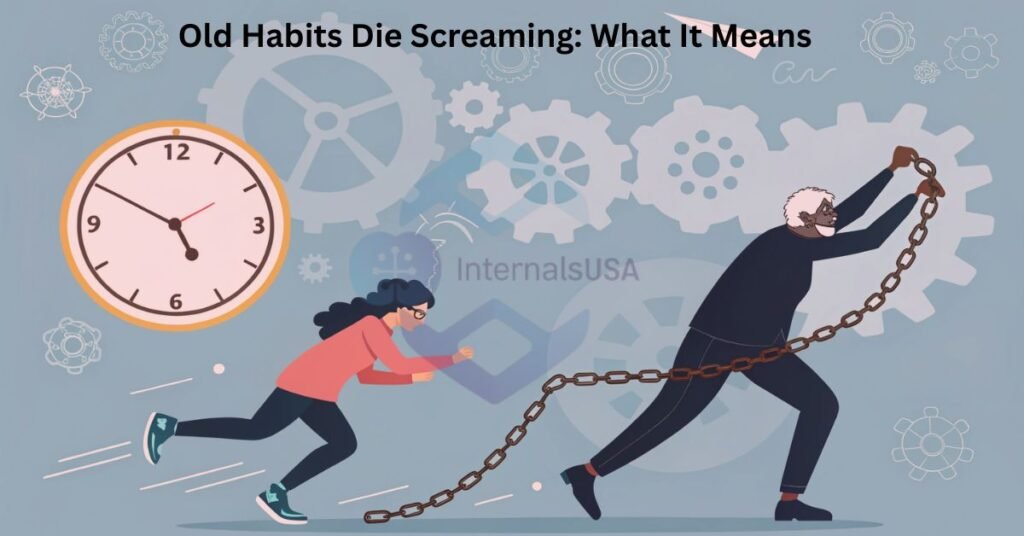
The phrase “Old habits die screaming” highlights the emotional and psychological resistance we face when trying to change deeply ingrained behaviors. Unlike the more common saying “old habits die hard,” this version emphasizes the intensity of discomfort, cravings, and inner turmoil that arise during the change process. It’s not just about stopping a behavior, it’s about confronting a part of yourself that refuses to go quietly.
Why Old Habits Die Screaming Instead of Quietly Fading
Habits are wired into our brain’s neural pathways and tied to emotional rewards. When you attempt to change, your mind resists with cravings, anxiety, and even emotional pain. This resistance is the “screaming” part your brain’s protest against letting go of what’s familiar and comforting, even if it’s destructive. Understanding this resistance helps prepare you for the emotional battle of self-transformation.
Understanding Why Old Habits Scream
Deep Neurological Programming
Habits form when the brain seeks efficiency. Repeating the same action creates neural pathways in the basal ganglia. Over time, these actions become automatic, freeing your brain to focus on more demanding tasks. But when you try to change them, you’re essentially fighting your brain’s default programming. This is why breaking a habit feels like trying to rewrite software while the system is still running; it’s disruptive and difficult.
The Emotional Payoff
Every habit offers some reward. Smoking may offer a break from stress. Procrastinating might help you avoid the fear of failure. Even negative self-talk can serve a twisted form of emotional regulation. When you take that habit away, the brain panics because it no longer knows how to cope. This emotional attachment causes what feels like a psychological scream, an intense craving for familiarity.
Identity Conflict
Our habits become part of who we are. Someone who has always been a night owl or emotional eater begins to view that behavior as part of their identity. Changing the habit means changing how you see yourself, which is no small task. Identity shifts require emotional work, confidence, and self-compassion.
The Psychology Behind Why Old Habits Die Screaming
Psychologically, habits offer more than convenience; they serve emotional needs such as control, comfort, or avoidance. When those needs go unmet during habit-breaking, the brain panics. This leads to psychological withdrawal symptoms such as irritability, frustration, and anxiety. Recognizing the emotional undercurrent of your habits is crucial to rewiring your behavior patterns successfully.
The Most Screaming Old Habits: Examples That Resonate
Let’s explore some of the most notoriously stubborn habits:
- Smoking or Substance Abuse – These combine physical and emotional addiction.
- Procrastination – Avoids immediate discomfort but results in long-term stress.
- Overeating or Junk Food Addiction – Often tied to emotional triggers like loneliness or anxiety.
- Toxic Relationships – People stay for comfort, even when they’re miserable.
- Negative Thought Loops – Thoughts like “I’m not good enough” become a mental script on repeat.
Each of these habits creates a reward system that must be reprogrammed with intention and persistence.
The Role of Subconscious Patterns in Habit Formation
Most of our daily actions are subconscious. You don’t think about how to tie your shoes or brush your teeth, you just do it. Bad habits work the same way. Your brain runs them in the background. When you try to interrupt this cycle, your subconscious screams for the familiar. This is the screaming you feel as anxiety, cravings, irritability, or emotional breakdown. To stop the scream, you must reprogram the subconscious. This is where tools like mindfulness, journaling, therapy, and visualization become essential.
Examples of Habits That Die Screaming
Certain behaviors are especially resistant to change. Smoking, binge-eating, toxic relationships, procrastination, and negative self-talk are common examples of habits that scream the loudest. These habits often come with emotional, physical, or identity-based rewards. That makes letting go particularly painful but not impossible. With the right tools and mindset, even the loudest habits can be silenced.
How to Silence the Scream: Proven Habit-Breaking Techniques
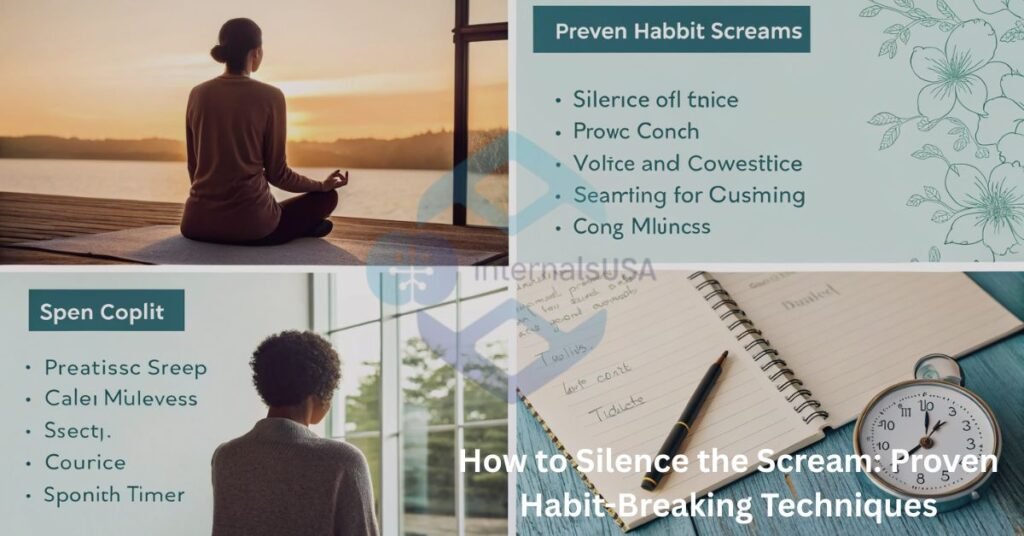
Acknowledge the Resistance
Don’t ignore the scream, listen to it. Understand what the habit is trying to give you. Emotional insight is key to dismantling the cycle.
Use Habit Stacking
Pair a new habit with an old one. For instance, if you always have a cup of coffee in the morning (old habit), use that time to read a self-growth quote (new habit).
Focus on Micro-Habits
Break your goal into tiny, achievable actions. Want to start exercising? Begin with just 5 minutes a day. Small wins build momentum.
Change Your Environment
Your surroundings trigger many behaviors. Rearranging your space, blocking apps, or changing your social circle can eliminate cues that spark old habits.
Practice Self-Compassion
You will relapse. It’s part of the process. The key is not to let one setback trigger a full collapse. Be kind to yourself and restart the next moment.
Emotional Detox: What It Feels Like When Habits Scream
Breaking free of old habits often triggers an emotional detox. This includes:
- Mood Swings
- Fatigue
- Irritability
- Grief
- Confusion
Why grief? Because you’re letting go of a version of yourself that felt safe, even if it was damaging. Accept the discomfort as a sign of growth, not failure.
The Science of Habit Change: The 4 Stages
According to behavioral science, changing a habit involves four stages:
Cue – The trigger that starts the behavior.
Craving – The desire for the reward.
Routine – The behavior you perform.
Reward – The benefit you receive.
To change a habit, identify each step. Once you recognize your cues and cravings, you can swap the routine while still satisfying the craving more healthily.
Rebuilding Your Identity: Becoming Someone New
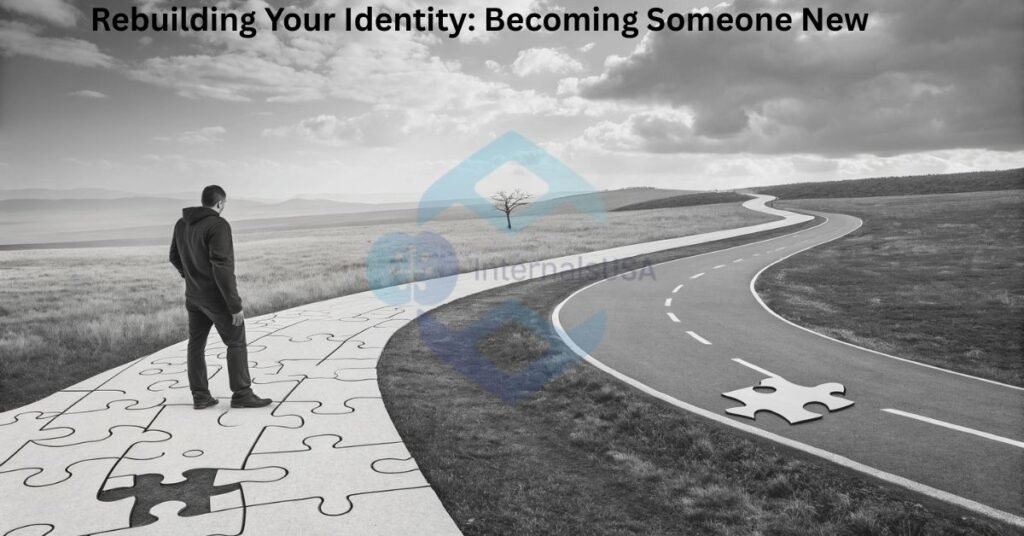
James Clear, in Atomic Habits, emphasizes identity-based habits. Instead of focusing on what you want to achieve, focus on who you want to become.
Don’t say, “I want to stop smoking.”
Say, “I am a healthy person who doesn’t smoke.”
This subtle shift creates alignment between your actions and your identity, which makes new habits stick more effectively.
FAQs About “Old Habits Die Screaming”
Why do old habits feel so hard to break?
Old habits are ingrained in the brain’s neural structure. They offer emotional comfort and are tied to your subconscious identity, making them resistant to change.
What does “old habits die screaming” mean?
This phrase suggests that long-standing habits don’t go away quietly they fight back emotionally and mentally, often causing discomfort, cravings, or inner turmoil.
How long does it take to break a deeply rooted habit?
On average, it can take 21 to 90 days to change a habit. For deeply ingrained ones, it may take longer, especially if emotional or chemical dependency is involved.
Can mindfulness help stop bad habits?
Yes. Mindfulness increases self-awareness, helping you catch automatic behaviors before they happen and giving you space to choose a different response.
What is the best way to replace an old habit?
Use the habit loop: identify the cue, understand the craving, and insert a healthier routine that provides a similar emotional reward.
Conclusion
The battle against bad habits is not easy. It is messy, emotional, and at times, painful. But here’s the empowering truth: habits don’t define you, your choices do. Yes, old habits die screaming. But they do die if you’re willing to stay consistent, compassionate, and committed. Every scream from the old you is proof that change is happening. It’s your past trying to hold you back. But in the future, you can be louder, stronger, and more determined. Don’t wait for habits to disappear silently. Face them, scream louder, and watch your life transform.
Also Read
Old Habit Dies Hard – The Psychology, Process & Power of Changing Behavior
Middle Aged Men Daily Habits: Build a Stronger, Healthier, and Happier Life
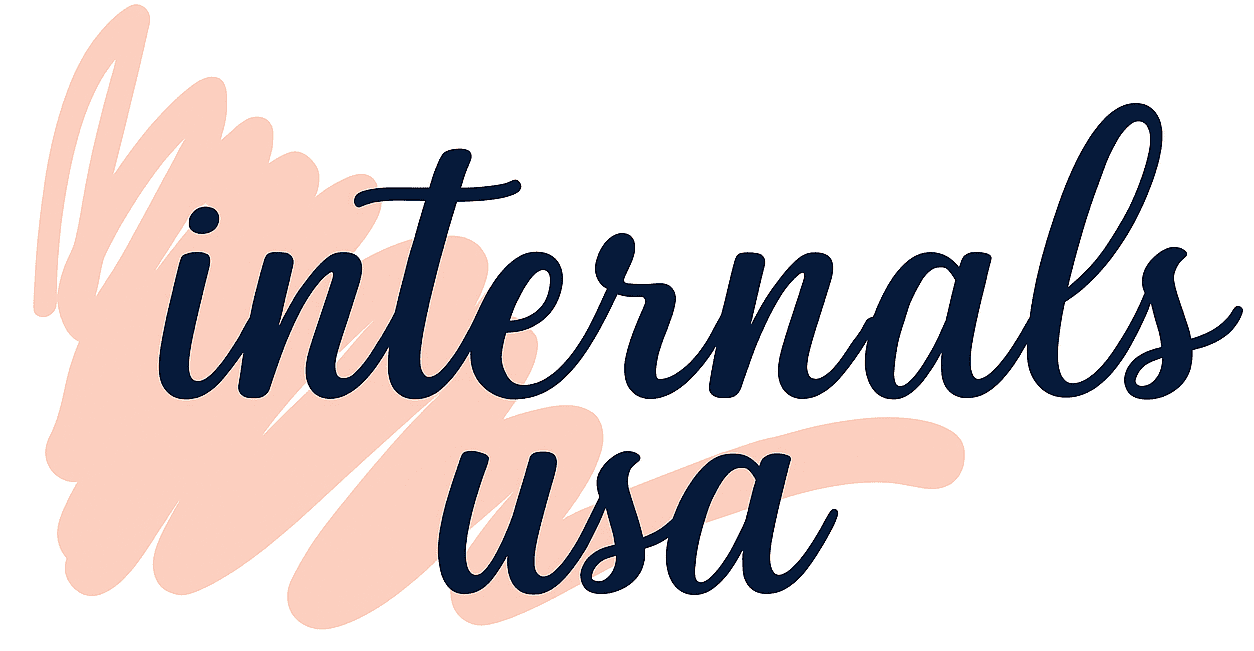

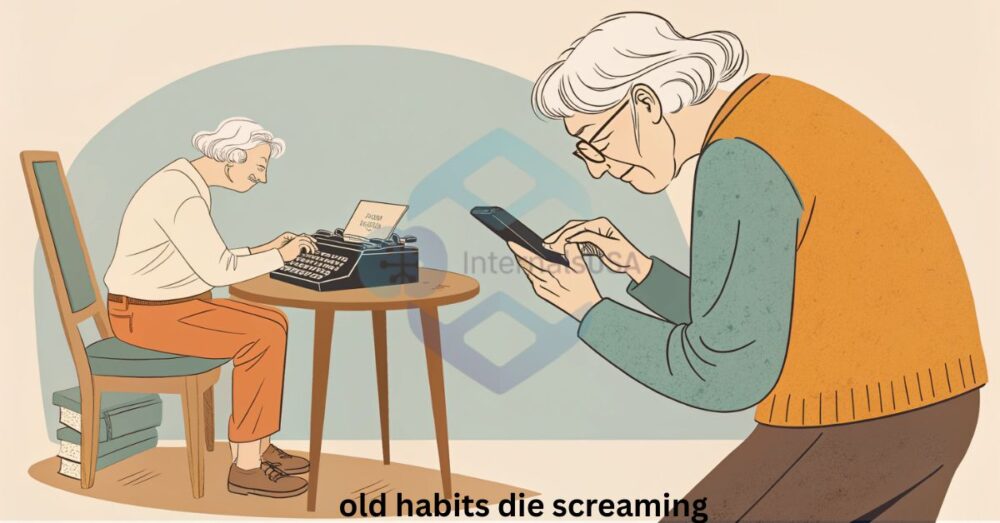





Leave feedback about this